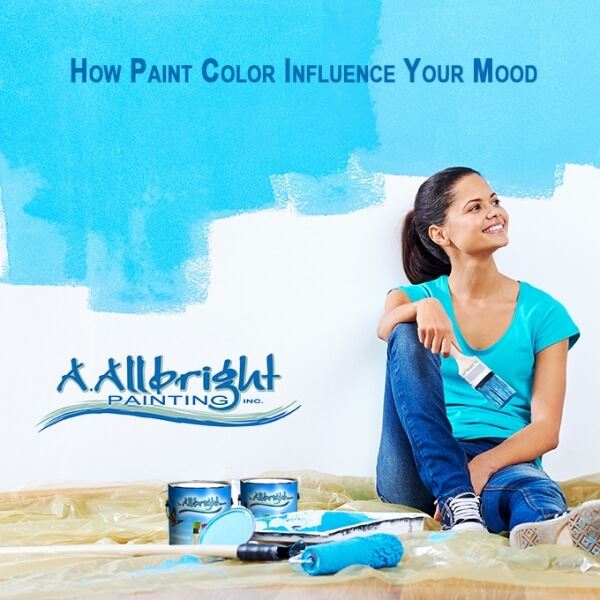
Colors have long been known to have an effect on mood, releasing chemicals in our brains that have a physical and emotional effect. Stores and restaurants have been aware of this for a while now, and decorate their premises to create shifts in their patrons’ moods. Similar effects can be achieved in the home.
Interior designs
Many designers now prefer a modern uncluttered look, emphasizing simplicity. Furniture is made in geometric shapes, such as square, round or rectangular and they lack details or embellishment in their upholstery. Surfaces are kept as clean and clear as possible to avoid clutter.
Others prefer a traditional style, with strong wall colors, busy fabric patterns, and dark, decorative furniture. The ornament features strongly, whether on the wall in the form of art or shelf pieces, such as figurines and knick-knacks.
Shabby chic is a feminine style, emphasizing luxury, and comfort. It creates an old or aged feel, so that furniture is chosen for its antique or vintage appearance, and the soft furnishings are really soft, using plump cushions and yielding fabrics.
Interior colors
Colors act in three ways – they are neutral, passive, or active. Lighter colors help to make a room feel airy and large, while dark colors add an air of sophistication and warmth, making larger rooms feel more intimate and cozy.
Red is an invigorating, active color, helping to raise the energy within a room. It creates excitement, and is an excellent choice for a dining room, helping to stimulate conversation. If used in an entrance hall, it will create a strong, striking first impression.
Yellow is a happy, active color, yet despite this, it is not recommended as the main color. Yellow has been shown to cause frustration and anger, so it is best used to complement other colors, as an accent.
Now, we come to the passive colors. Blue is a relaxing color, known to reduce blood pressure and heart rates. It is also good for sparking creativity. To avoid blue making a room feel chilly or cold, team it with a neutral color, such as a white or cream. Blue is very good for a home office or hobby room.
Green looks fresh and is easy on the eye. It can still be a warm color, especially if accented with yellow but is generally good for inducing a calm, relaxed atmosphere. Perfect for use in a bedroom or a family room.
More here on where to start: Choosing color begins with connecting your spaces.
Filling the space
Interior décor must include the windows of course. Curtains work well in most interiors, with the exception of a minimalist one, but a window dressing that works brilliantly in all settings is shutters. These now come in a range of unique colors and finishes so that they can be tied in to the room’s décor.
Furniture can sometimes feel like it is cluttering up a room, but that could just be because of its color. A sofa is a big piece of furniture, and unless it is supposed to be making a bold statement or meant to be the focal point of a room, it would be better to have it in a color that complements the walls. For example, a blue sofa in a blue room will help to make it look bigger, while a black sofa will make it appear smaller.
